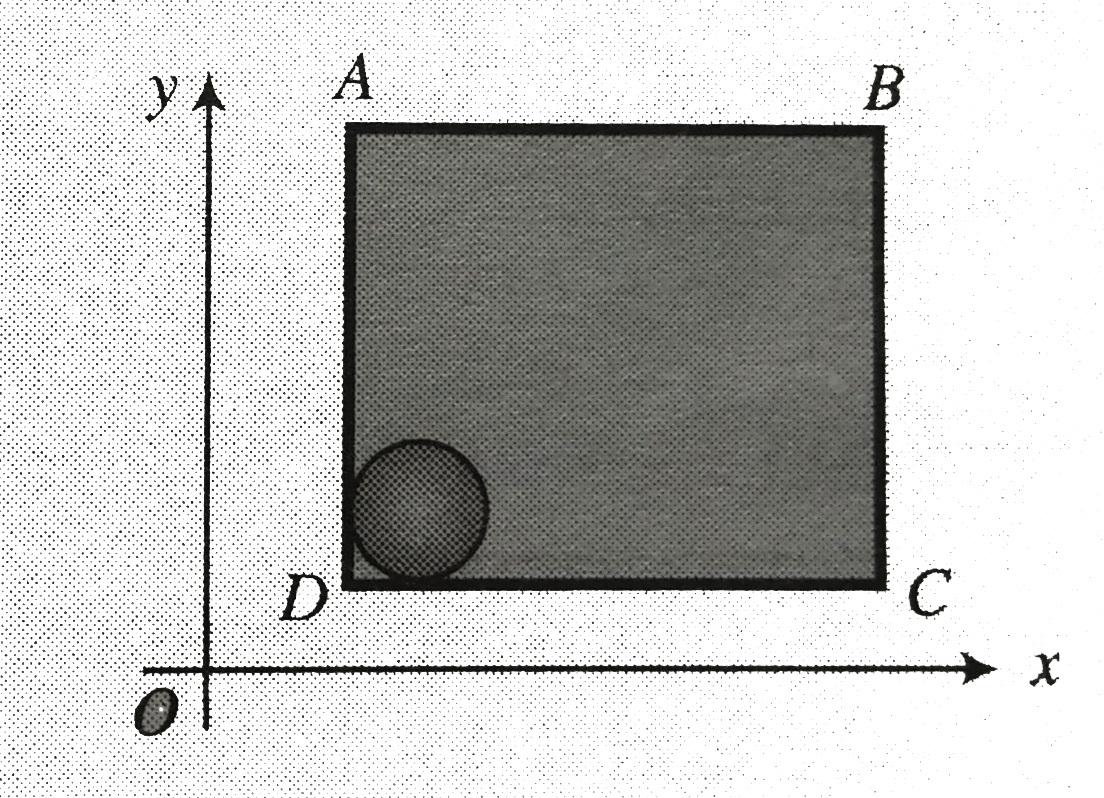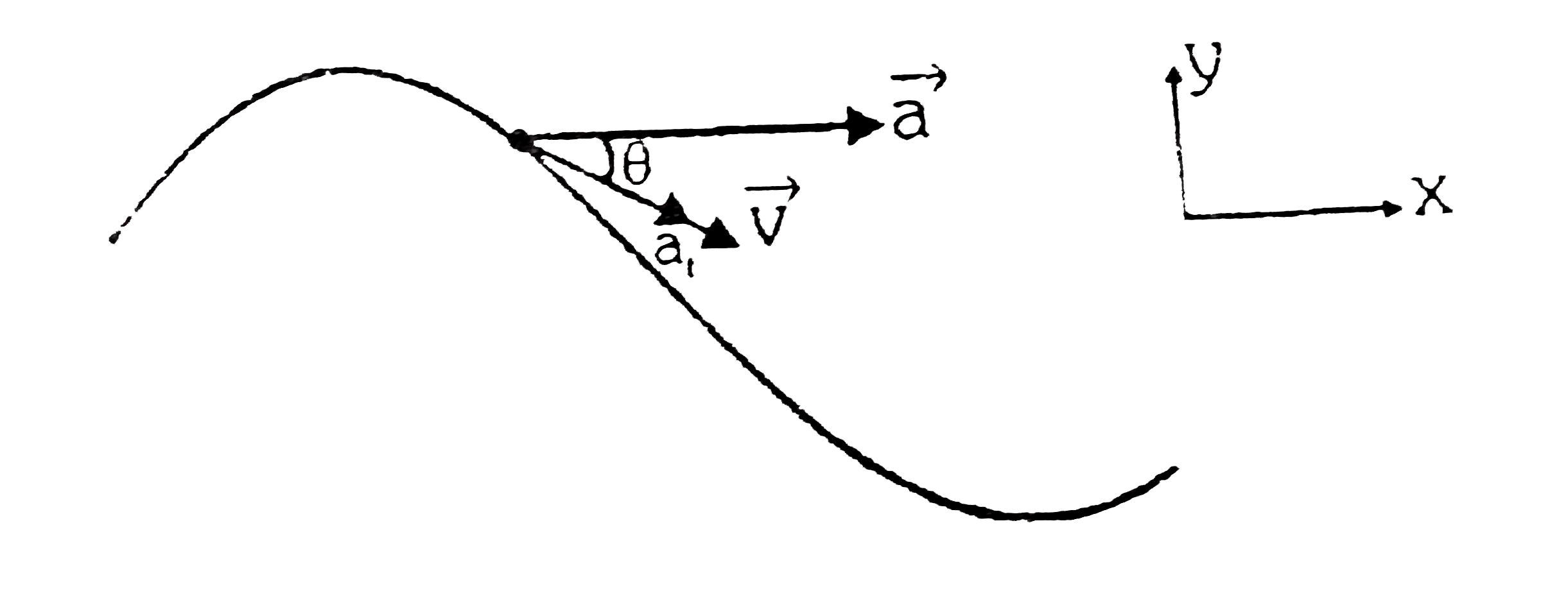In a particular crash test, a car of mass 1500 kg collies with a wall as shown in fig. The initial and final velocities on the car are and , respectively. If the collision lasts , find the impulse caused by the collision and the average force exerted on the car.

The collision time is short, so we can imagine the car being brought to rest very rapidly and then moving back in the opposite direction with a raduced speed.
Let us assume that the force exerted by the wall on the car is large compred with other forces on the car (such as friction and air resistance). Furthermore, the gravitational force and the normal force exerted by the road on the car are perpendicular to the motion and , therefore, do not affect the horizontal momentum. Therefore, we categorize the problem as one in which we can apply the impusle approximation in the horizontal direction. Evaluating the inital and final momenta of the car, we get
Impulse on the car:
The average force exerted by the wall on the car
.
Topper's Solved these Questions
- BOOK - CENGAGE PHYSICS ENGLISHCHAPTER - NEWTON'S LAWS OF MOTION 1EXERCISE - Solved Examples11videos
NEWTON'S LAWS OF MOTION 1
- BOOK - CENGAGE PHYSICS ENGLISHCHAPTER - NEWTON'S LAWS OF MOTION 1EXERCISE - Exercise 6.111videos
NEWTON'S LAWS OF MOTION 1
- BOOK - CENGAGE PHYSICS ENGLISHCHAPTER - MISCELLANEOUS VOLUME 2EXERCISE - INTEGER_TYPE10videos
MISCELLANEOUS VOLUME 2
- BOOK - CENGAGE PHYSICS ENGLISHCHAPTER - NEWTON'S LAWS OF MOTION 2EXERCISE - Integer type1videos
NEWTON'S LAWS OF MOTION 2
Similar Questions
A solid sphere of mass 2 kg is resting inside a cube as shown in fig. The cube is moving with a velocity →v=(5tˆi+2tˆj)ms−1. Here t is time in seconds. All surface are smooth. The sphere is at rest with respect to the cube. What is the total force exerted by the sphere on the cube?
 View Solution
View SolutionA particle of mass 2kg moves with an initial velocity of →v=4ˆi+4ˆjms−1. A constant force of →F=20ˆjN is applied on the particle. Initially, the particle was at (0,0). The x-coordinates of the particle when its y-coordinates again becomes zero is given by
View SolutionA particle of mass 2kg moves with an initial velocity of →v=4ˆi+4ˆjms−1. A constant force of →F=20ˆjN is applied on the particle. Initially, the particle was at (0,0). The x-coordinates of the particle when its y-coordinates again becomes zero is given by
View SolutionA particle moves with a tangential acceleration at=→a.ˆv where →a=(5ˆi)m/s2. If the speed of the particle is zero at x=0, then find v (in m/s) at x=4.9m.
 View Solution
View SolutionThe magnitude of the net force exerted in the x direction on a 2.50-kg particle varies with the time as shown in fig., find (a) the impules of the force. (b) the final velocity the particle attains if it is originally at rest,
(c ) its final velocity if its original velocity is −2.0ms−1, and
(d) the average force exerted on the particle for the time interval between 0 and 5 s.
 View Solution
View SolutionA particle of mass 'm' moving with a velocity of (4ˆi−ˆj)m/s strikes a fixed wall and finally moves with a velocity of (3ˆi+2ˆj)m/s. Find
(a) the impulse received by the particle.
(b) the coefficient of restitution between them in the collision.View SolutionA particle leaves the origin with an lintial veloity →u=(3ˆi) and a constant acceleration →a=(−1.0ˆi−05ˆj)ms−1. Its velocity →v and position vector →r when it reaches its maximum x-coordinate aer .
View SolutionA particle of mass 2kg is moving with velocity →v0=(2ˆi−3ˆj)m/s in free space. Find its velocity 3s after a constant force →F=(3ˆi+4ˆj)N starts acting on it.
View SolutionA body of mass 5 kg statrs from the origin with an initial velocity →u=(30ˆi+40ˆj)ms−1. If a constant force (−6ˆi−5ˆj)N acts on the body, the time in which the y component of the velocity becomes zero is
View SolutionTwo particles of equal masses have velocities →v1=4ˆims−1 and →v2=4ˆjms−1. First particle has an acceleration →a1=(5ˆi+5ˆj)ms−2, while the acceleration of the other particle is zero. The centre of mass of the two particles moves in a path of
View Solution

